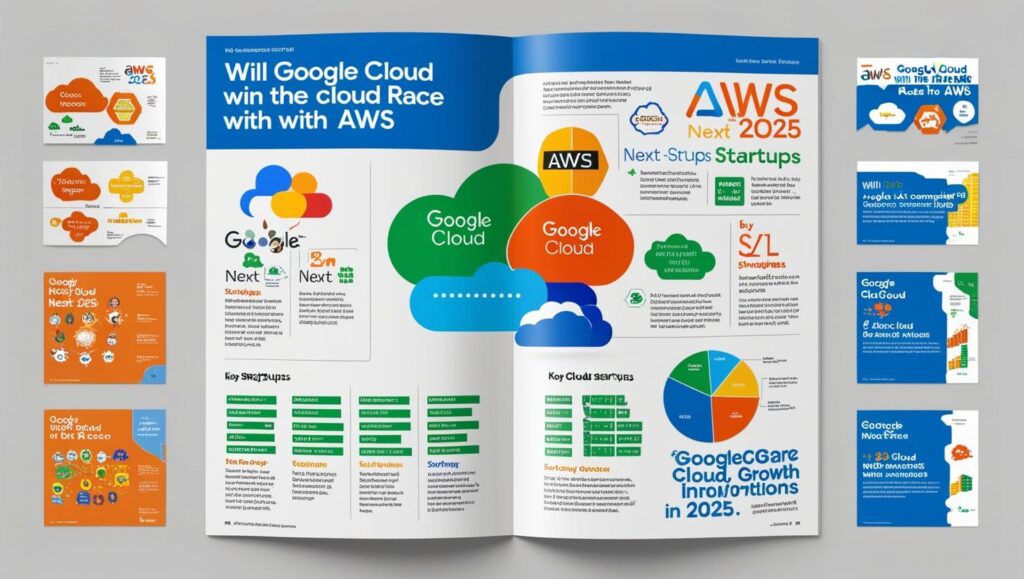On July 15, 2025, YouTube officially updated its Partner Program (YPP) monetization guidelines, relabeling its “repetitious content” policy to a broader “inauthentic content” standard. The aim? To sharpen enforcement against mass-produced, templated, or low-effort videos, including many AI-generated uploads that lack genuine originality.
The platform says:
“In order to monetize as part of the YouTube Partner Program (YPP), YouTube has always required creators to upload ‘original’ and ‘authentic’ content. On July 15, 2025, we’re updating our guidelines to better identify mass‑produced and repetitious content.”
This isn’t a brand-new rule, YouTube has long prohibited “reused” or templated content. But what’s changed is how precisely they’ll identify and enforce it, with a heightened focus on clamping down on AI‑slop: synthetic voiceover narrations, stock-footage slideshows, countdown lists, and fake “news” segments churned out en masse.
Why the Policy Crackdown?
A wave of creators and advertisers raised alarms over inauthentic, AI-driven uploads that generate clicks but add no real value. From fake movie trailers made with OpenAI-trained tools to cartoon content misleading viewers, YouTube faces a deluge of such content designed to game algorithms .
Advertisers balk at their ads appearing on recycled or manipulative content. Meanwhile, original creators voice frustration as their careful work gets drowned out. YouTube is responding by “right-sizing” monetization to bring back quality over quantity .
AI-Generated Content: Monetization Allowed, With Conditions
There’s no blanket ban on AI-generated content. YouTube explicitly clarified that using AI is still permitted, as long as content remains “original, authentic, and meaningful”. Reaction videos, well-edited AI voiceovers, and thoughtful AI-enhanced productions are still fine.
What’s being targeted are videos that are mass-produced, templated, or lack significant transformation, such as:
- AI voiceovers narrating stock footage with no added insight
- Deepfake or synthetic videos created solely for volume
- Listicles with minimal editing or commentary
If a channel consistently uploads such content, it risks demonetization, reduced visibility, or removal from YPP.
So yes, AI-generated videos can still be monetized, but only when they demonstrate creativity, originality, and real human input. Bulk-produced AI content without that won’t qualify.
What Creators Need to Do
- Ensure Originality & Added Value
Whether using AI tools or collating clips, creators must provide significant transformation, commentary, or personal perspective. - Break Templated Formats
Avoid repetitive intro/outro styles or identical content structures. Even short-form creators must mix up visuals and format to stay eligible. - Use AI Intelligently
AI can enhance production (e.g. voice styling, scripting), but if it drives the channel’s mass output with no real human effort, monetization may be stripped. - Monitor Channel Health
Consistent inauthentic content could hit your entire channel, not just individual videos. That includes impacts on YPP eligibility.
Deadlines & Enforcement
- July 15, 2025 marks the official rollout of inauthentic-content enforcement.
- Penalties range from demonetization, removal from YPP, suppression in search/recommendations, or even channel termination in extreme cases.
- YouTube hasn’t drilled down on granular enforcement details—only future updates will clarify specifics.
Takeaway: Monetization of AI-Generated Video?
Yes—but only if it’s done right.
- If your AI tools are used to enhance a crafted, meaningful video that you’ve thoughtfully created, you’re still good.
- If you simply pump out AI-generated voiceovers and stock visuals without transformation, monetization will likely be withheld.
- This policy targets volume-driven, low-effort uploads, not innovative, AI-assisted creativity.
Final Thoughts: Embrace Quality, Not Quantity
YouTube’s policy recalibration reflects a broader wave across content platforms: amid fast-rising AI generation, there’s a backlash against low-effort automation. Platforms want to prioritize real human ingenuity, the heart of what made YouTube successful in the first place.
For Creators:
- Audit your uploads: Are they meaningful, unique, and viewer-worthy?
- Invest in originality: Even AI-facilitated creation must be human-guided and human-centered.
- Adapt your strategy: Reassess any templated or repetitive formats and evolve them.
For Viewers & Advertisers:
- Expect better content curation and fewer algorithmic fluff pieces.
- Quality-focused creators are being rewarded—viewers should see more thoughtful, original work.
Final Word
The July 15 update isn’t against AI, it’s against using AI as an assembly line to flood the platform. Genuine, well-crafted AI-supported content remains monetizable. But mass-produced, templated, or minimally-edited AI videos that don’t add value will no longer earn advertising revenue.

